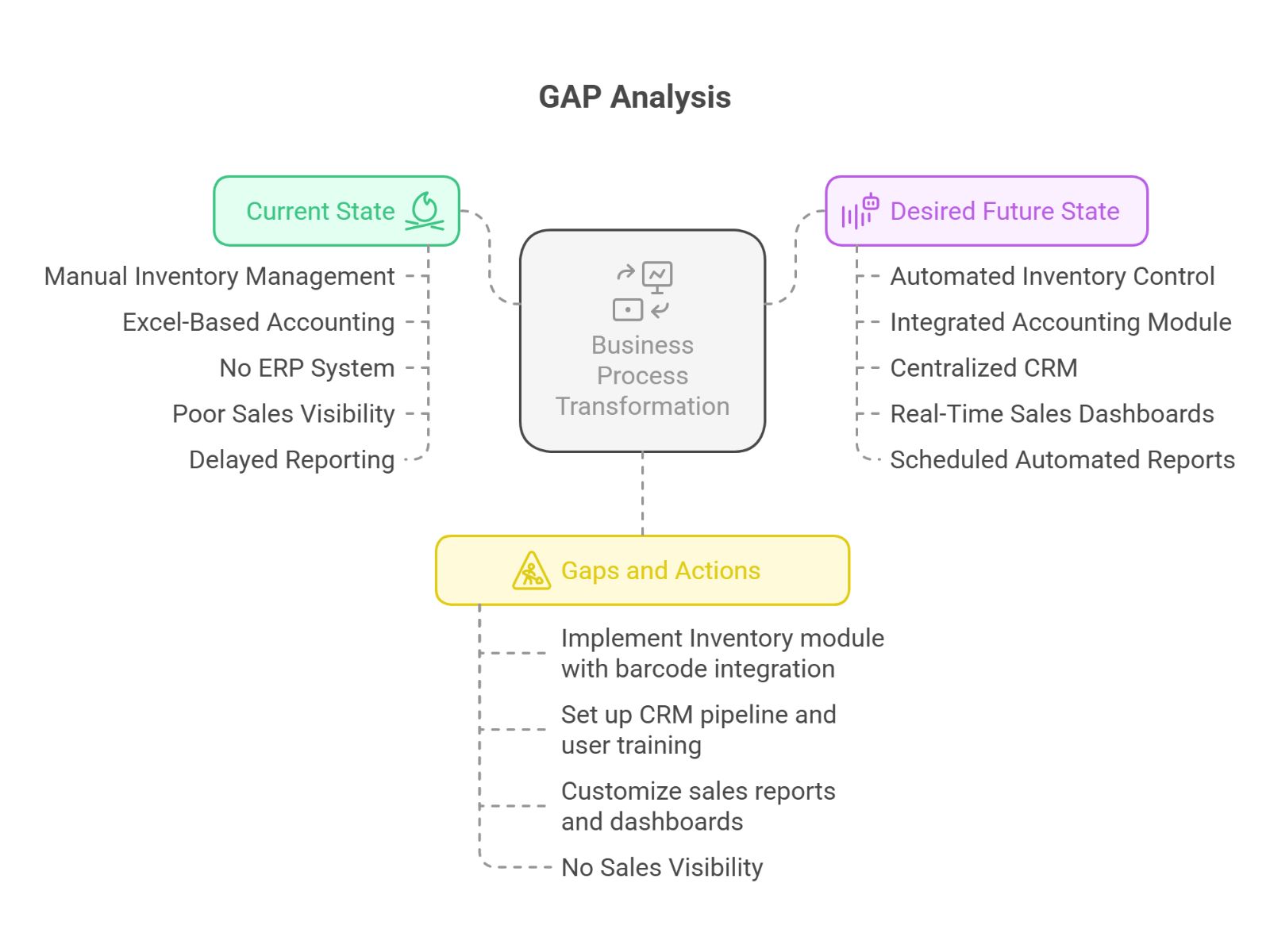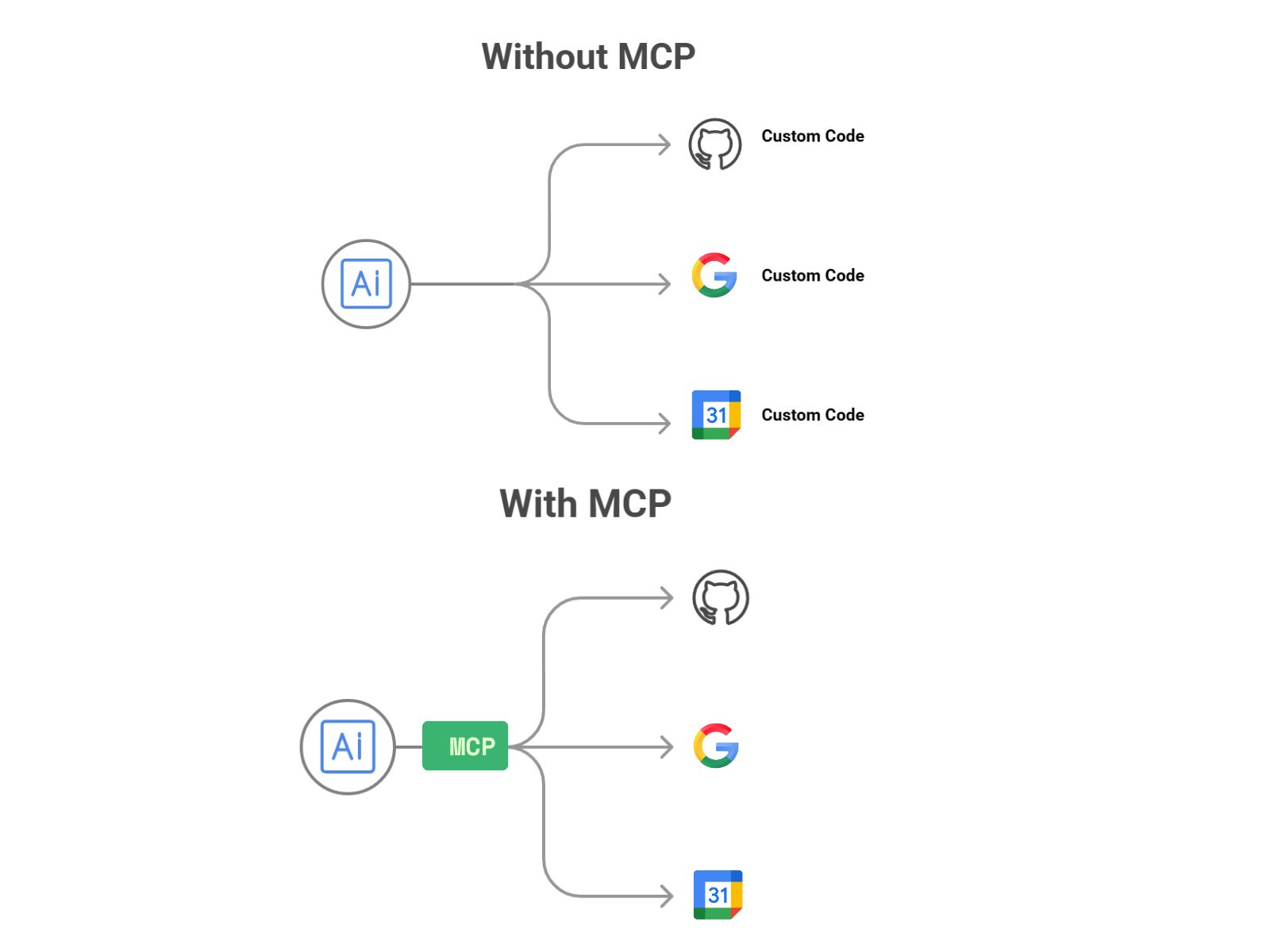
Understanding Odoo and The Need for Gap Analysis
If you’re exploring Odoo to enhance your business operations, the term “gap analysis” is one you’ll encounter. It might sound technical, but it’s a vital process that can significantly influence the success of your Odoo implementation. This post will demystify Odoo gap analysis, explain its importance, and outline the typical process.
First, let’s quickly touch upon Odoo itself. Odoo is a comprehensive suite of open-source business applications. It’s designed to be an all-in-one solution covering everything from Customer Relationship Management (CRM) and sales to inventory, manufacturing, project management, and accounting. Its integrated nature helps centralize information and streamline various business processes.
What Exactly is Gap Analysis?
In the context of an Odoo implementation, a gap analysis is the methodical process of:
- Evaluating your business’s current workflows, processes, and specific requirements.
- Comparing these against the standard, out-of-the-box features and functionalities offered by Odoo.
The “gap” is the difference or disparity between what your business needs and what Odoo can do by default.
Identifying these gaps before diving into the implementation is paramount. It allows for strategic planning regarding customizations, necessary integrations with other systems, and specific configurations, ensuring the final Odoo system is precisely tailored to your unique business operations.
The Odoo Gap Analysis Process: A Step-by-Step Guide
A thorough and effective Odoo gap analysis generally follows a structured approach:
1. Define Your Objectives
The journey begins with clarity. What are your overarching business goals? What specific outcomes do you expect from implementing Odoo? Which particular processes are you aiming to improve or optimize? Answering these questions provides a clear direction for the entire analysis.
2. Analyze Your Current System & Processes
This involves a deep dive into your existing systems, operational workflows, and any software currently in use. How do your teams operate daily? What are the current pain points, bottlenecks, and inefficiencies? This detailed assessment creates a baseline, a snapshot of your “as-is” state, which is crucial for comparison with Odoo’s capabilities.
3. Identify the Gaps
With a solid understanding of your business requirements (from step 1) and your current operational landscape (from step 2), you can now systematically compare them against Odoo’s standard features. This is the core of the gap identification phase. You’ll pinpoint areas where Odoo’s out-of-the-box functionality doesn’t fully meet your specific needs or align with your established processes.
4. Prioritize Your Needs
Not all identified gaps will carry the same weight. Some might be critical to your core business functions, while others could be minor inconveniences or “nice-to-haves.” The next crucial step is to prioritize these gaps based on factors like:
- Business impact (How critical is this function?)
- Feasibility of addressing the gap (Is a solution readily available or complex to develop?)
- Alignment with overall business goals
5. Propose Solutions
Once gaps are identified and prioritized, the focus shifts to finding solutions. This might involve one or a combination of the following:
- Configuration: Odoo’s inherent flexibility allows for adjustments through settings to better fit your processes without custom coding.
- Customization: Developing custom modules or modifying existing ones to add or enhance functionality.
- Integration: Planning for integration with essential third-party applications (e.g., industry software, payment gateways).
- Process Re-engineering: Sometimes, adapting your business process to Odoo’s best practices is more effective than altering the software.
6. Document Your Findings
The culmination of the gap analysis is a comprehensive report. This document is more than just a summary—it serves as a strategic blueprint for your Odoo implementation. It should clearly outline:
- All identified gaps.
- The proposed solutions for each gap.
- An estimated timeline for development and implementation.
- A projected cost for addressing the gaps.
Why Bother? The Key Benefits of Odoo Gap Analysis
Investing time and resources in a thorough Odoo gap analysis before implementation yields significant advantages:
- Reduced Risk: Early identification of potential challenges and misalignments minimizes the risk of costly rework, scope creep, and delays.
- Accurate Budgeting & Cost Savings: Clear understanding of needs allows for better budgeting and prevents unexpected expenses.
- Improved System Efficiency & User Adoption: A tailored system means smoother workflows and higher user satisfaction.
- Smoother Implementation Journey: The gap analysis report acts as a roadmap for all stakeholders.
- Maximized ROI: Ensures your investment in Odoo addresses your core needs from the beginning.
“A stitch in time saves nine.” Performing a gap analysis is that crucial “stitch in time” for your Odoo project.
Conclusion: Don’t Skip the Gap Analysis
An Odoo gap analysis isn’t just a preliminary checkbox; it’s a foundational strategic exercise for any business serious about a successful ERP implementation. By diligently understanding your unique business requirements and how they map to Odoo’s capabilities, you pave the way for a system that truly empowers your operations and supports your growth.
It’s an investment that pays dividends in the form of a smoother, more cost-effective, and ultimately more successful Odoo journey.



